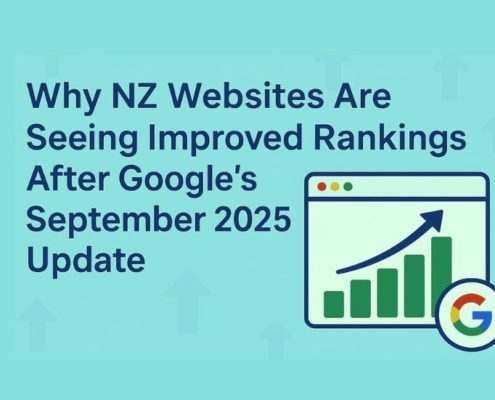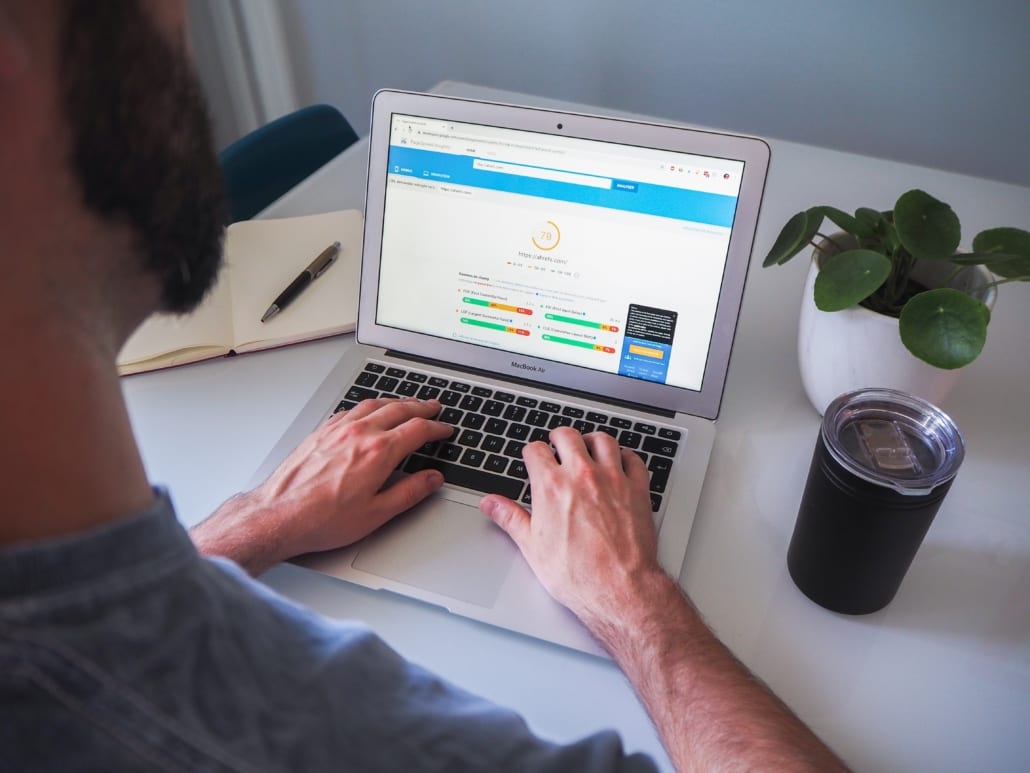If you have a current agency who are building or maintaining your website, it is likely they have been talking to you or making some changes to your website to help improve the site speed.
That is the speed your site takes to load on a mobile or a desktop device.
Why?
Google has determined from their user research (based on one of the largest sets of data about website users that any organisation in the world has access to) that people will quickly leave a website if it doesn’t load within one or two seconds, especially on mobile devices. So that means they are not waiting for your lovely graphics, video or animations to load – and they are not getting to the parts of your site they want to find, to purchase products, have questions answered or get in touch with you.
So over the last two years or so, Google have been driving website developers and business owners to focus on the performance and speed of their sites, with a particular focus on mobile performance.
Rankings shift
And as of May 2021, site speed will be added to the range of factors that Google takes into account when they rank sites in search results.
So if your site is slower than it should be, you might find your traffic starts to drop a little from this month, particularly for mobile users.
Taking action
If you think your site loads pretty quickly when you check it for yourself, that might be because you have visited it frequently and part of the website content is already stored or cached on your computer or device. To test your site speed, head to Google’s site speed test and add your site url.
You will get a number between 0 and 100 for your site speed – one for mobile and one for desktop. You will also get some analysis that indicates which things can be changed to increase your speed.
We are regularly running these tests for our clients on existing sites, and on new sites once they go live, to ensure they are optimised as much as possible for loading speed.
As well as the factors listed on the report, hosting can also be a factor, so hosting locally can speed up your site times – especially if your main traffic comes from NZ or Australia.
 https://happymonday.co.nz/wp-content/uploads/2025/10/Why-NZ-websites-are-improving-search-rankings-small.jpg
551
1050
Karen
https://happymonday.co.nz/wp-content/uploads/2021/04/[email protected]
Karen2025-10-21 17:15:392025-10-21 18:02:46Why Are Many NZ Websites Seeing Improved Organic Rankings After Google’s September 2025 Update?
https://happymonday.co.nz/wp-content/uploads/2025/10/Why-NZ-websites-are-improving-search-rankings-small.jpg
551
1050
Karen
https://happymonday.co.nz/wp-content/uploads/2021/04/[email protected]
Karen2025-10-21 17:15:392025-10-21 18:02:46Why Are Many NZ Websites Seeing Improved Organic Rankings After Google’s September 2025 Update?![]()
![]()





